Livestock
All Livestock Content
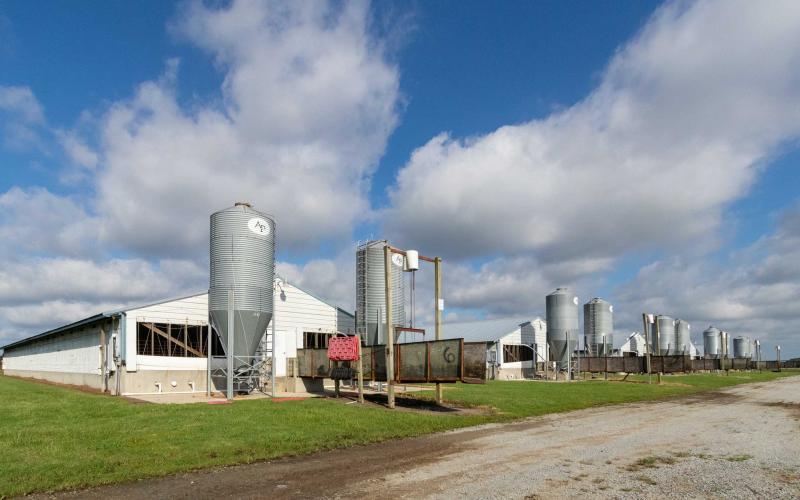
SowBridge Educational Series Kicks off February 2
January 26, 2022
SowBridge, an online educational series created to provide the latest production-based information to swine producers, begins on Feb. 2, 2022.

Ready, Set, Manage Hay Differently
Feed is expensive and sometimes hard to find. Pasture prices, harvest expenses, hauling and waste add to the total feed bill. Evaluate your forage situation this winter and make changes that improve your profitability.
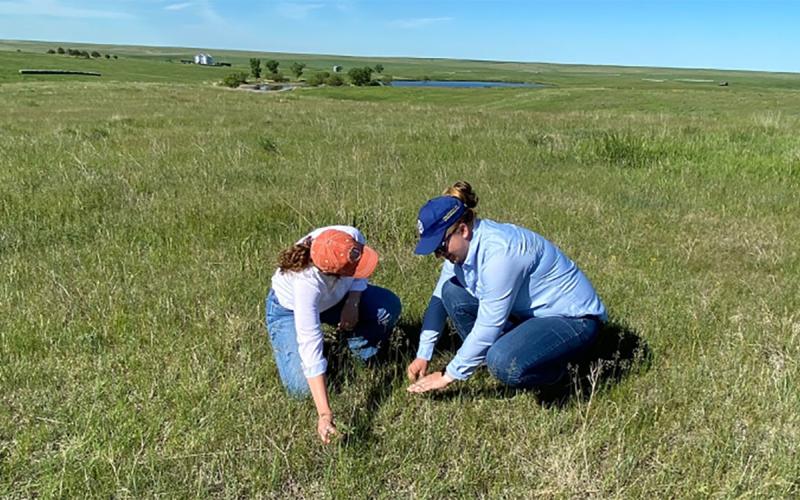
SDSU Extension to Host Women on the Range Mini Winter Workshop
December 29, 2021
Women in agriculture across South Dakota are invited to attend a Women on the Range Mini Winter Workshop in Fort Pierre and Pierre, South Dakota, on Jan. 14, 2022. Participants will learn about the importance of soil health and how to integrate it into their grazing management systems, as well as available winter feeding methods that also create ecosystem benefits.
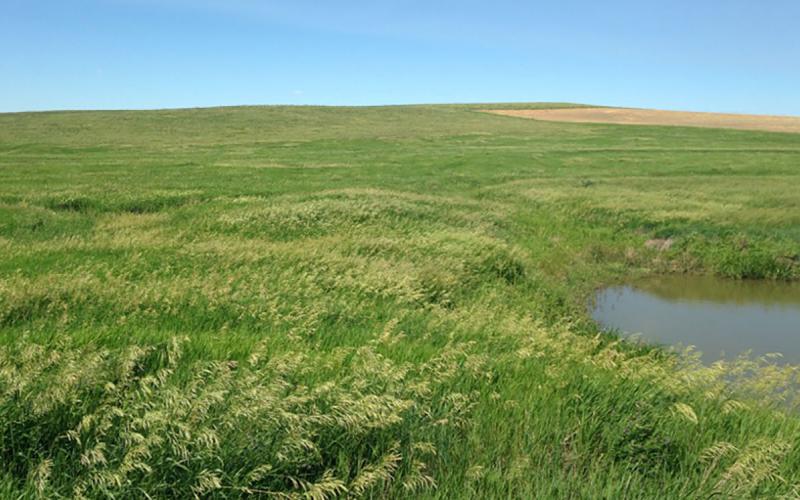
Introduced Grasses and Forbs
While native grasslands contribute greatly to the integrity of the overall grassland community in South Dakota, the use of introduced grasses has proven a popular alternative for some producers.

South Dakota State University to Host 30th Annual Lamb Bonanza
December 29, 2021
The SDSU Department of Animal Science, alongside the South Dakota Sheep Growers Association and the SDSU Athletics Department, will be hosting the 30th Annual SDSU Lamb Bonanza at 2:00 p.m. on Saturday, January 15, 2022. The event will be held in conjunction with the SDSU men’s basketball game against the University of Denver at Frost Arena on the SDSU campus.
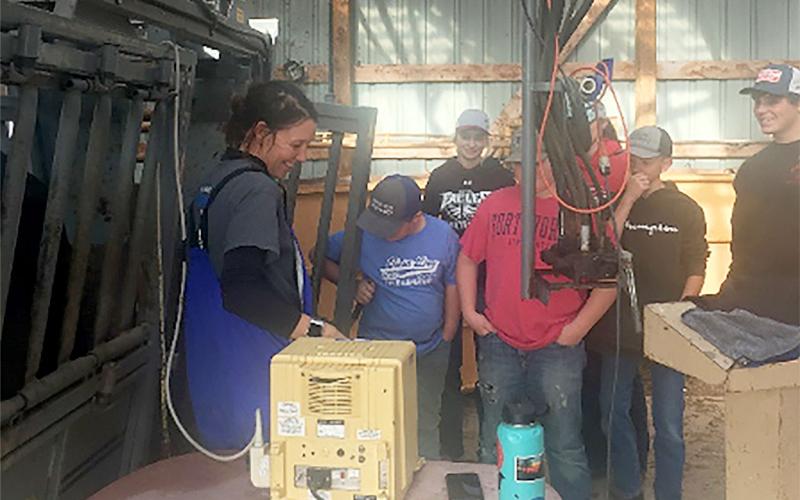
SDSU Extension Hosts Cattle AI Day Camp at Cottonwood Field Station
December 03, 2021
Twenty 4-H youth involved in the beef project area traveled to the Cottonwood Field Station to participate in the South Dakota State University Extension Cattle AI Day Camp held Nov. 6.
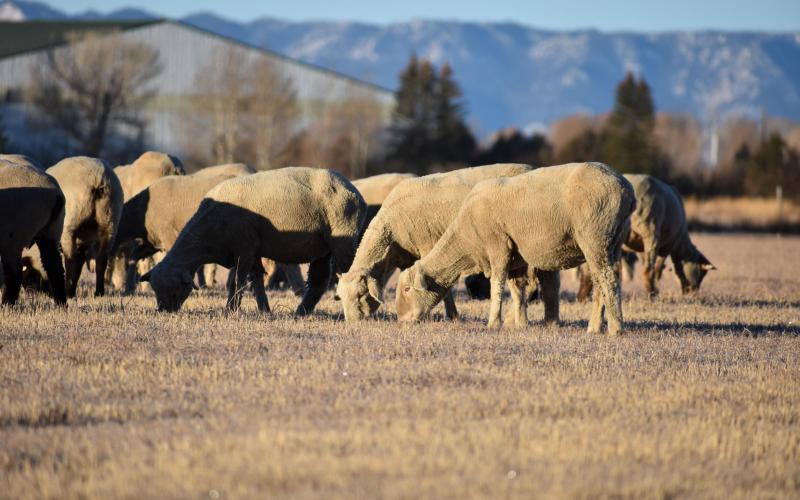
SDSU Small Ruminant Team to Share Sheep, Goat Survey Results
December 02, 2021
The Sheep and Goat Needs Assessment Summary webinar will be held Friday, Dec. 17 at noon CST and will include information challenges to raising and marketing animals or animal products, and current industry demographics.
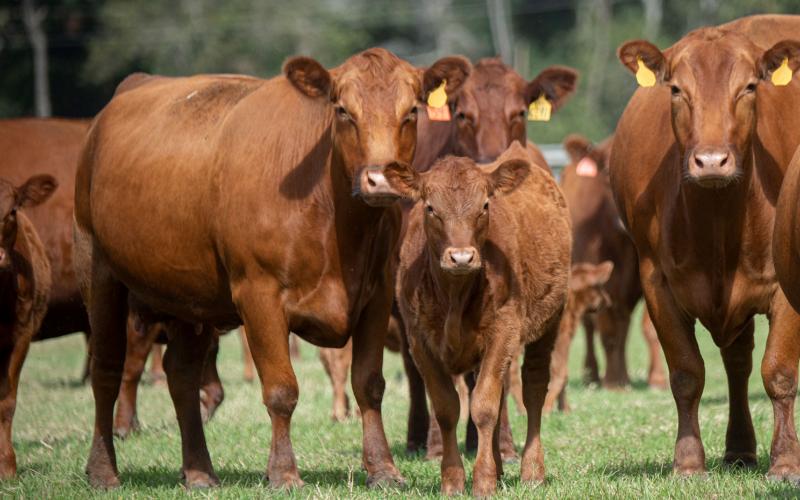
The Bovine Estrous Cycle
Fact sheet on the bovine estrous cycle. Available in English and Spanish.
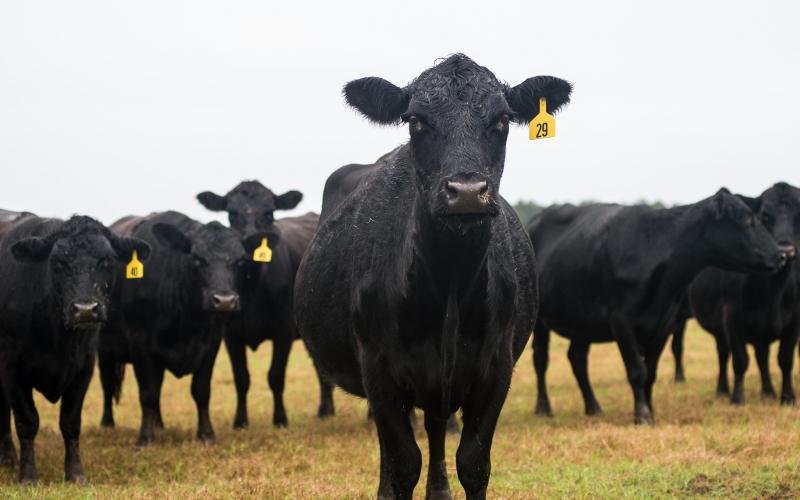
Detection of Standing Estrus in Cattle
Fact sheet to help with the detection of standing estrus in cattle. Available in English and Spanish.
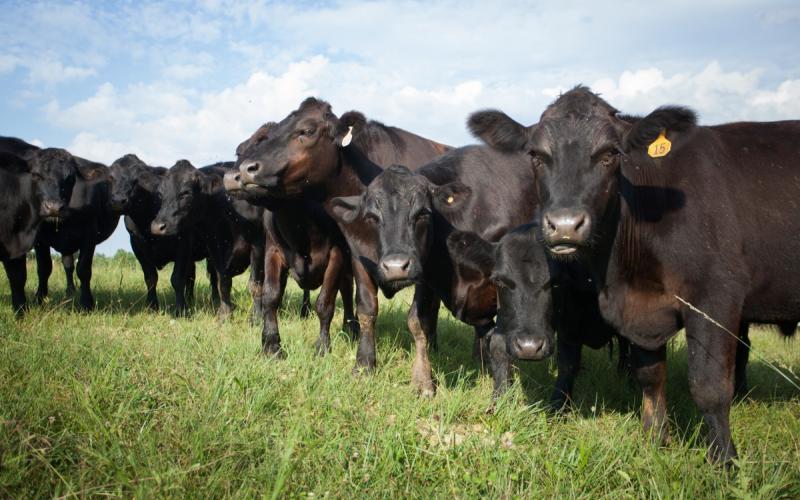
Understanding Estrous Synchronization of Cattle
Fact sheet on the use of estrus synchronization of cattle. Available in English and Spanish.